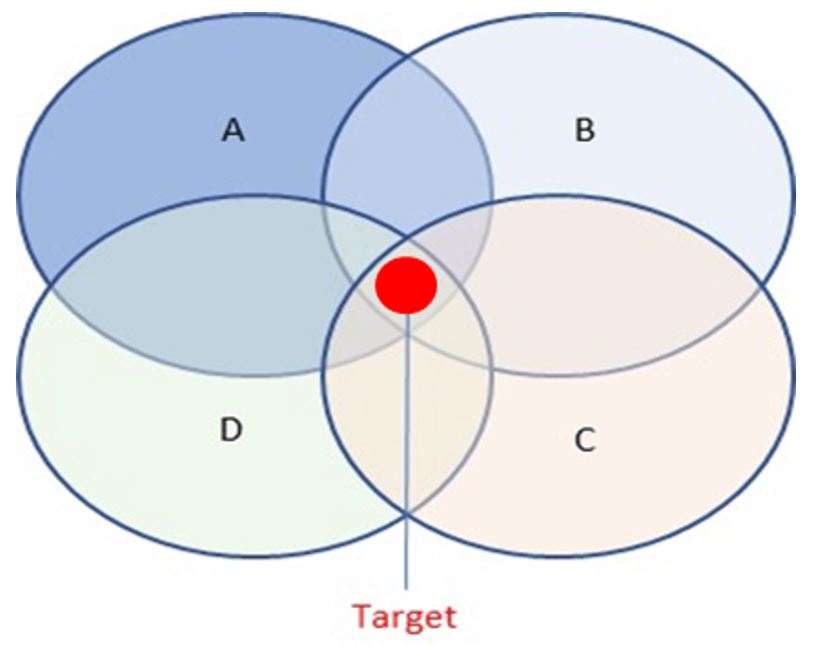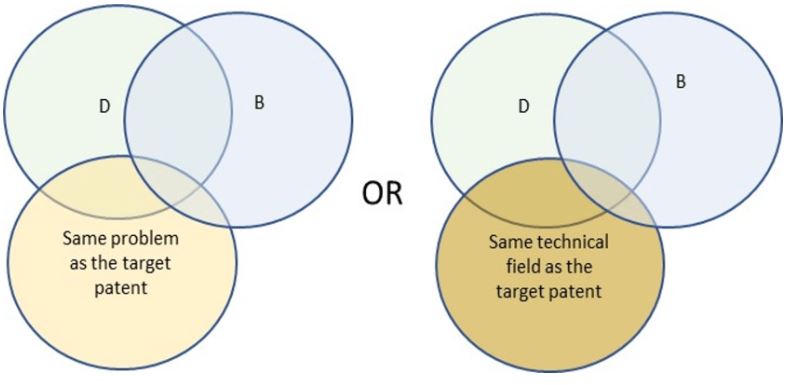What happens when a patent's foundation is challenged through patent opposition, threatening to upend markets and disrupt entire industries? But what happens when the strength of a patent is called into question? As explored in our previous blog, "Why Patent Validity Matters for Corporations?" challenging a patent's validity is more than a legal maneuver—it's a calculated strategy to protect markets, disrupt competitors, and drive billion-dollar decisions. This earlier discussion outlined the strategic reasons for patent challenges, practical invalidation approaches, and key US and European IP landscape trends, providing businesses with insights to navigate high-stakes intellectual property management.
Patents are no longer just tools of protection; they are integral to shaping corporate strategy in a competitive global marketplace. Understanding how to challenge or defend patent validity effectively is critical for maintaining a competitive edge.
What Do Clients Seek from a Validity Search?
When clients turn to expert search firms for validity searches, their primary objective is clear: finding the most relevant prior art documents. These documents typically fall into two categories:
- Documents addressing "novelty" issues: These references, often referred to as X documents for EP patents or those supporting "anticipation" under USC 102 for US patents, demonstrate that the patent lacks novelty. They are usually the most robust tools for challenging a patent.
- Documents challenging "inventive step" or "obviousness": In EP patents, this involves proving the invention lacks an inventive step (Y documents), while in US patents, it aligns with demonstrating obviousness under USC 103. Such references establish that the patented invention would have been evident to a person skilled in the art at the time of the invention.
How to Identify High-Quality Prior Art Documents
The process of identifying substantial prior art documents in a validity search hinges on three essential factors:
- Accurate understanding of the invention
- Well-defined search scope
- Utilization of comprehensive data collections
While grasping the invention is fundamental to any search, this blog emphasizes the importance of proper scoping and exhaustive data collection.
Defining the Search Scope
To illustrate effective scoping, let’s consider a patent claim with four key elements: A, B, C, and D. The search scope must first establish whether the focus is on finding X/USC 102 or Y/USC 103 documents:
- X/USC 102: The searcher must locate a document containing all claim elements.
- Y/USC 103: This involves finding two or more documents that, when combined, provide grounds for an apparent argument. These documents must belong to the same or analogous technical field or address the same problem as the target patent.

Step 1: Using Cited Results as a Foundation
If a claim’s element, say ‘C,’ is novel. At the same time, prior art exists for other components. The initial focus should be finding new references that discuss ‘C’ and either solve the same problem or belong to the same technical field. These references can be combined with cited prior art to form a USC 103/Y argument.
Step 2: Discovering New Combinations
Once cited references are utilized, the next step is identifying entirely new combinations. For example, if a document addressing ‘C‘ and ‘A‘ is found in Step 1, the search should pivot to uncovering references covering ‘B‘ and ‘D.‘ This iterative process ensures comprehensive coverage and strengthens the validity challenge.
A multi-step approach ensures no stone is left unturned, providing attorneys with robust arguments that can withstand scrutiny in opposition proceedings.

The Role of Exhaustive Data Collections
Uncovering high-quality prior art requires access to diverse data sources. Combining free resources like Google Patents with subscription-based platforms such as Derwent Innovation or IEEE enhances the depth of a search. Incorporating native language databases and consulting domain experts can further boost the likelihood of success.
Key Insight:
As discussed in “Why Patent Validity Matters for Corporations?“ examiner-cited prior art is not exhaustive. Even documents referenced during examination can be reinterpreted or overlooked, providing opportunities for invalidation.
This insight underscores the importance of reanalyzing previously examined prior art with a fresh perspective, particularly when preparing for complex oppositions.
Supporting Your Strategy with Searchstream
Expert platforms like Searchstream offer tailored, legally compliant search proposals to help businesses uncover critical prior art. With this support, corporations can confidently approach patent challenges, whether to protect markets, disrupt competitors, or validate acquisitions.
Combining expert insight and advanced tools like Searchstream simplifies the search process and enhances the likelihood of success in opposition cases.
What's Next?
In the final blog of this series, we'll explore how corporations can optimize their opposition strategies. From leveraging legal arguments to crafting comprehensive search scopes, stay tuned for insights that can give your business a decisive edge in the competitive world of intellectual property.
Staying informed about the latest trends and strategies in patent opposition is advantageous and essential for maintaining relevance and competitiveness in today's IP-driven economy.
Talk to One of Our Experts
Get in touch today to find out about how Evalueserve can help you improve your processes, making you better, faster and more efficient.


